Huerto El Retiro: Exhibition Planting Networks. Urban agriculture and community gardens
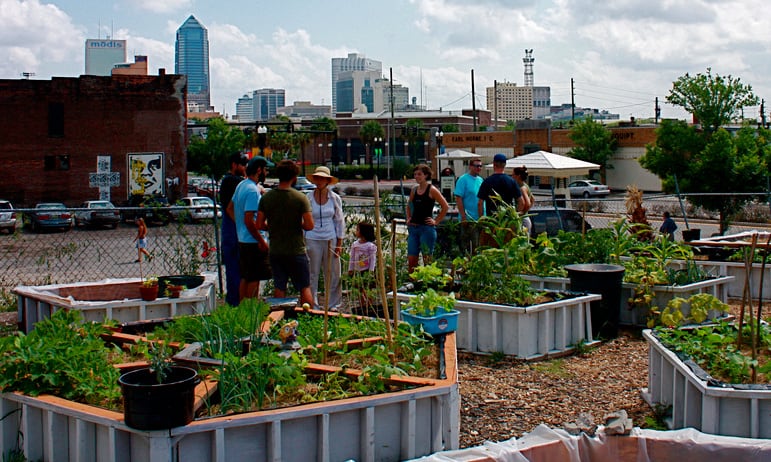
Hello to all Farmers! Today I come to talk to you about an exhibition I went to a couple of months ago in the El Retiro orchard. «Planting Networks» is an exhibition from which to look at the history of urban agriculture in the city of Madrid from the historic orchards of the 17th century, to the current emergence of community horticulture. Do you want to see it?
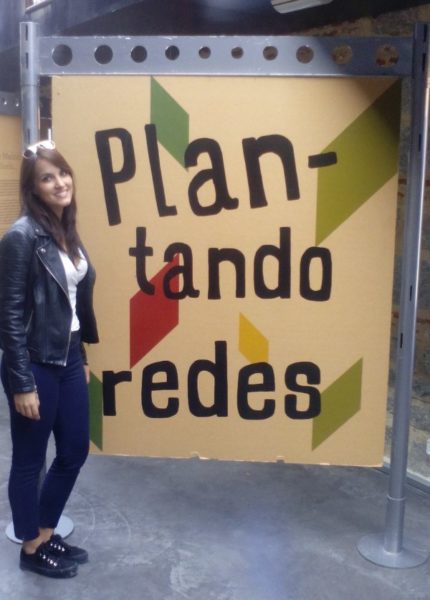
“PLANTING NETWORKS”: A LITTLE HISTORY…
In the exhibition «Planting Networks» we were able to see the plan (although somewhat modernized and adapted to the occasion) «Topography of the town of Madrid described by Don Pedro Texeira», which originally dates from the year 1656. Texeira’s map projects an image of 17th-century Madrid in which the orchards and gardens stand out, coinciding with the description of some years before by Jerónimo de la Quintana, in «Historia de la Villa de Madrid», where he spoke of « delightful riverbanks, and meadows full of sustenance and pasture for cattle, almost infinite orchards and gardens with a variety of flowers and fragrant roses»
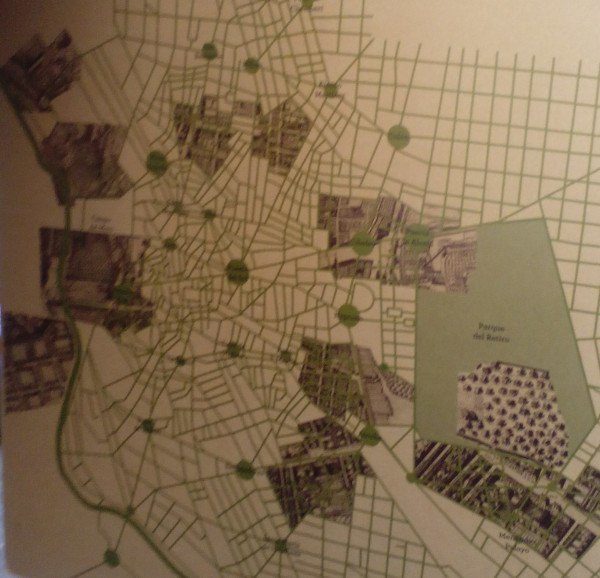
One of the panels explained that Madrid was not built on its location by chance, but was chosen for its guarantees of easy access to water and fertile land. Thus, until the end of the 19th century, the city grew slowly, preserving a large part of its traditional orchards, destroyed in the 20th century by the industrialization process.
«In this context, urban agriculture became one of the philosophical pillars of the most universal urban project in our city, the development of the Linear City,» says one of the information posters. As you will remember if you have read the article « Urban gardens in Ciudad Lineal», it was a project by the architect Arturo Soria, conceived as a way of urbanizing the countryside, while ruralizing the city, with the slogan «for each family, one House; in each house, an orchard and a garden”.
Once the city was abandoned, agriculture has only returned to Madrid in times of crisis, such as the Civil War (1936-1939), during which it regained prominence. Then, the Riberas del Manzanares were exploited again and plots were converted into emergency orchards to feed a population plagued by terror and with nothing to eat.
Several decades later, in the midst of the Transition and «Movida madrileña» (the 80s), vegetables returned to the asphalt of the capital, hand in hand with those emigrants who substituted the town for the city, which promised a lot of work in the industry but did not it was capable of absorbing such a mass of population, for which a large number of unemployed had to throw their hands to the ground again. Thus the informal orchards of the periphery proliferated, « in Madrid there are 1,333 orchards in the metropolitan ring and 758 only in the capital».
WALK THROUGH FIVE URBAN ORCHARDS OF MADRID
As we have said, since the 19th century agriculture in Madrid has reappeared in times of crisis, and the current one is no exception. Although perhaps with different goals from those of previous times, the fact is that in recent years, neighborhood associations, educational communities, protest groups and environmentalists have begun to convert abandoned, deteriorated or underused spaces into community gardens.
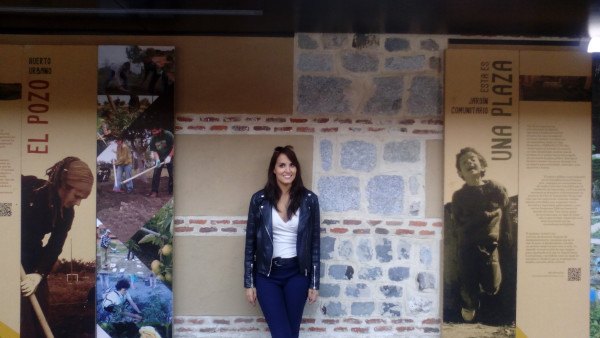
In this sense, the exhibition collects five experiences in community gardens in various neighborhoods of Madrid, offering a vision of the rise of organic gardens and the environmental and social benefits they bring us. We have already talked about all of them in Agrohuerto, in our walk through the urban gardens of Madrid, so if you want to remember them, click on them:
- Oleander Community Garden
- El Pozo urban garden
- Community Garden This is a Plaza
- Community and School Garden XXI Century
- Community Garden of Agroecology Cantarranas UCM
URBAN AGRICULTURE AND UNIQUE ORCHARDS
The morphology of the city and the difficulty of growing an orchard in the middle of asphalt have given rise to urban gardeners experimenting with the places and forms of their orchards. In this sense, «Planting Networks» reminded us of some ephemeral gardens that appeared in the city, such as the Sol garden, created during the 15M settlement at «km 0», the garden of the T4 taxi drivers, which if we remember, it was an improvised vegetable garden near the airport where taxi drivers killed time while waiting in the long queue to pick up passengers or, simply, the garden of the Royal Botanical Garden.
One of the distinctive features of urban gardens is their unpredictability, since there are no spaces for agriculture, we can find this activity in the most unexpected places. […] The plurality of places, formats, motivations and social groups that promote urban agriculture show that its most characteristic feature would be horticultural diversity.
OTHER INTERESTING THINGS IN “PLANTANDO REDES”
In «Planting Networks» other interesting things were also shown, such as different types of substrates and ecological fertilizers (compost, earthworm humus, manure, etc.) arranged in drawers and that could be touched with the hands and… smell of course! In addition to a collection of tools for working in the garden, an information panel on how to rotate crops or another with «John Seimour’s six laws for the practice of the self-sufficient gardener» (1994) Really interesting!

This has been all about my visit to the exhibition «Planting Networks. Urban Agriculture and Community Gardens» in the Garden of El Retiro. I hope you liked it. Let me end with a sentence from the exhibition that sums it up perfectly:
We know that the city is the space where difference and indifference coexist, which is why many orchards do not know of the existence of others or do not recognize their dynamics… but a look at the whole allows us to affirm that agriculture seems to have taken root in Madrid
Until next time Agrohuerters!

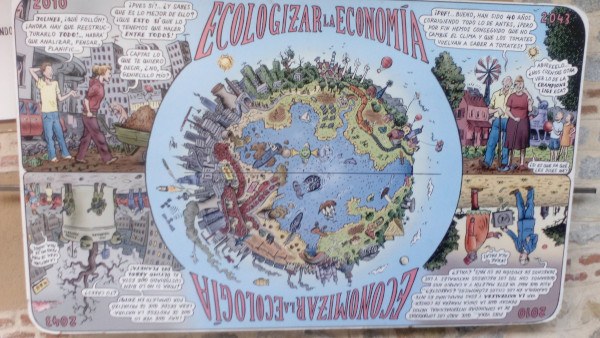


![Photo of How to Plant Water Lilies: Important Points + Pictures + [9 Steps]](https://www.complete-gardening.com/wp-content/uploads/2022/08/how-to-plant-water-lilies-important-points-pictures-9-steps-390x220.jpg)
